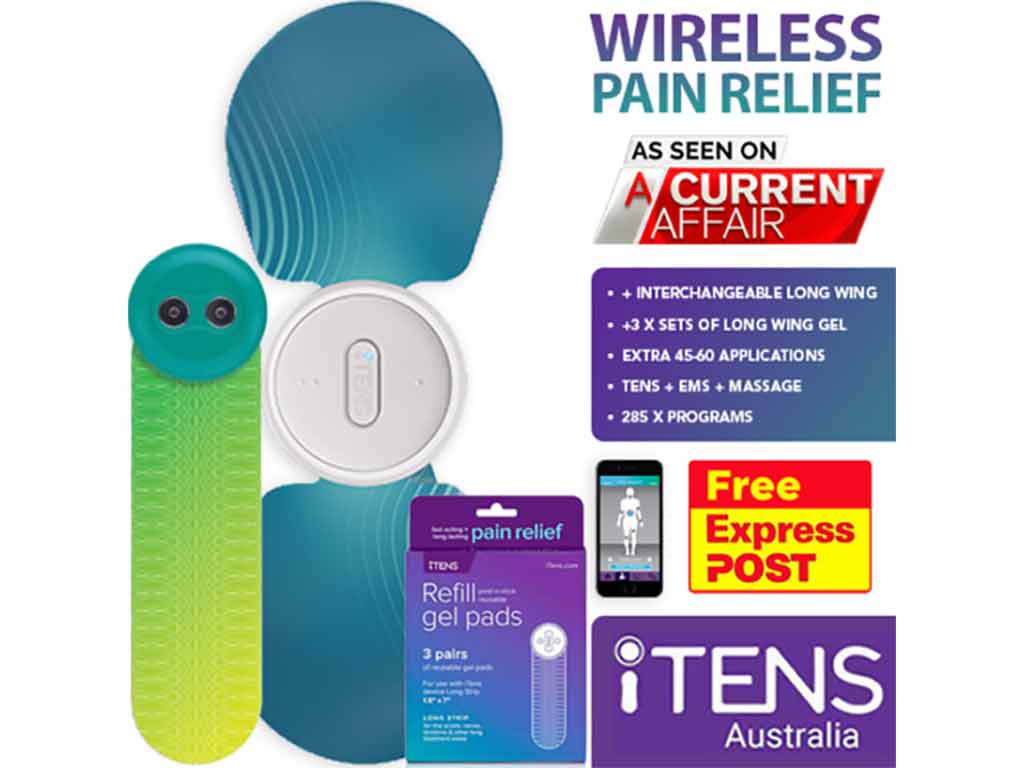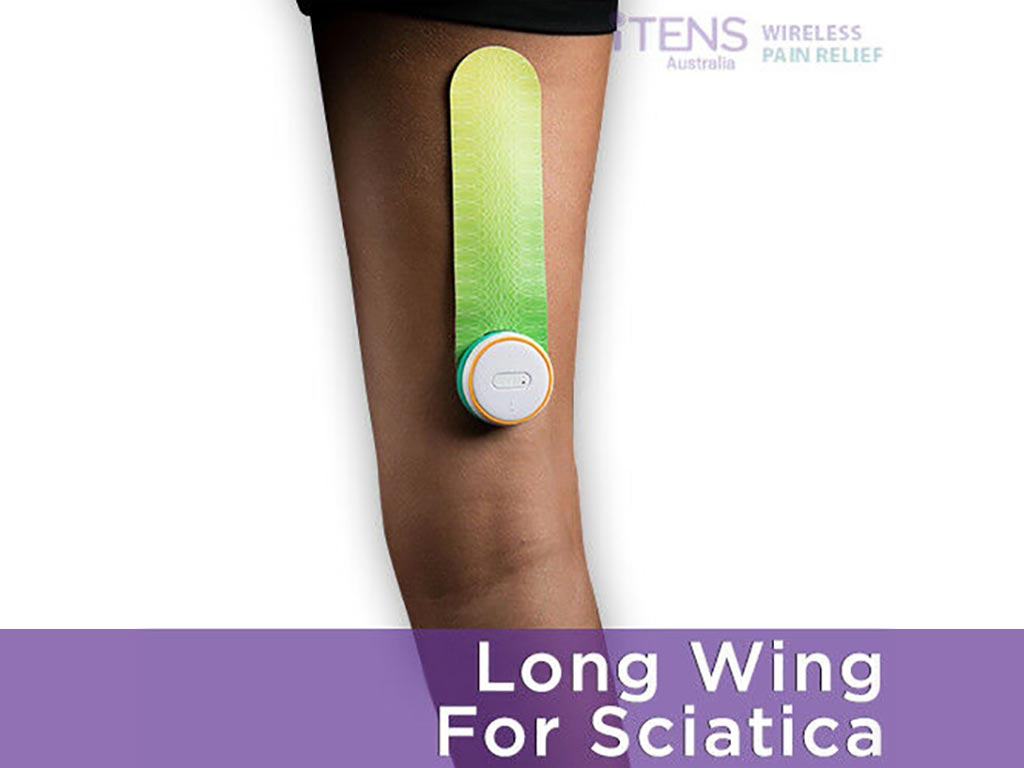
Having chronic pain from sciatica can be difficult. It is a condition that causes inflammation and numbness that runs from the lower back to the legs. Thus, many people use a TENS machine for sciatica to help relieve pain. This therapy device is safe to use frequently as needed. Individuals can facilitate TENS treatment several times a day without the risks of adverse side effects. However, it is vital to follow the instructions in operating the device.
Transcutaneous Electrical Nerve Stimulation (TENS) is a pain management method using mild electrical currents. It is also non-invasive. Hence, many people use a TENS machine as an alternative to drugs or risky procedures. In addition, there are several guidelines to follow to ensure effective results. In this article, we will present the conditions of sciatica, how often to use a TENS machine, and other factors to consider before starting this therapy.
What is a TENS Machine for Sciatica?
A TENS machine is a battery-operated device that sends low-voltage currents to the nerves through electrodes placed on the skin. It produces tingling sensations, which can be strong but painless. Moreover, a TENS machine for sciatica relies on electrical impulses to block pain signals from reaching the brain. It also aids in releasing endorphins. These hormones are natural pain relievers.
Sciatica is a condition involving pressing the sciatic nerve that starts at the lower back running down to the leg. It usually affects only one side of the body and may be acute or chronic. The symptoms include radiating pain, depending on where the nerve is pinched. Additionally, a person may feel weak when bending the back or the legs.
Chronic sciatica usually occurs because of a disorder affecting the back or spinal structure. Therefore, it has no definite cure. People use a TENS machine for sciatica to manage recurring symptoms whenever they transpire. It can give instant therapeutic relief while using the device, while some may last for hours.
Causes of Sciatica
Sciatica is a result of a condition affecting the lower back. The leading causes are:
- True sciatica – direct injury to the sciatic nerve
- Herniated disc – when an intervertebral disc rupture, slip, or move forward and press on the nerve, causing pain
- Spinal stenosis – narrowing spaces in the spine, compressing the nerve roots in the vertebral column
- Osteoarthritis – degeneration of the joint and cartilage, resulting in inflammation and deformities
- Injuries or fractures in the spinal cord
- Pregnancy – a risk factor for acute sciatica due to pressure on the lower back
- Bone spurs or growths at the ends of the spine

How Often to Use a TENS Machine for Sciatica?
Using a TENS machine for sciatica can be an effective way to manage recurring symptoms. Unlike oral medications, long-term use of TENS does not develop adverse side effects or complications. The frequency of use may depend on several factors, including the severity of the condition, medical history, and recommendations of the healthcare provider.
Individuals may use a TENS machine as soon as pain occurs. It is suitable for daily treatments if the sciatica flare-up happens more frequently. It can help to reduce the intensity of the pain and reduce the number of attacks. When starting therapy, it is best to start with shorter sessions, between 15-20 minutes, and gradually increase the duration as needed.
People suffering from sciatica can use a TENS unit as often as needed. Some may use it up to four times a day. However, there are some limitations to consider. For instance, avoid using TENS for more than one hour at a time. Likewise, allow a 20-minute break per session to prevent soreness on the electrode site.
Operating a TENS Machine
The correct usage of the device is critical in attaining safe and effective results. Anyone can use a TENS machine without difficulties following the general guidelines. To start treatment, position the electrodes on the pain site and turn on the unit. Start at the lowest intensity and gradually increase.
The stimulation should feel strong yet comfortable. If it causes more pain, check if the settings are too high and adjust accordingly. After the session, turn the device off before removing the pads. Most devices have pre-set programs for faster use. Select the treatment mode for sciatica to begin pain relief.

Factors to Consider When Using a TENS Machine for Sciatica
There are several considerations when using a TENS machine for sciatica treatment. Firstly, it is vital to check with a health professional to see if TENS is a suitable pain management method. For instance, it is not advisable for patients with other conditions like heart problems, epilepsy, and implanted devices.
Secondly, know the right settings. TENS machines are adjustable depending on the person’s pain level or response to the stimulation. You may modulate the frequency, intensity, and pulse-duration based on what gives the most pain relief. It is also advisable to alter the stimulation levels to prevent building a tolerance. For new users, it may take some time to find the appropriate settings.
Lastly, identify the correct pad placement. Position the electrodes around the area of pain at a one-inch distance from each other. Furthermore, using the right pad size is vital for pain treatment. Large TENS pads will help cover the pain that spreads to the entire back. However, devices like the iTENS from iTENS Australia offer innovative long strip wings for nerve pain that radiates downward.
What to Avoid
There are some areas and activities to avoid when using a TENS machine. Do not place the electrodes on broken skin, cuts, and open wounds. Also, avoid numb areas as it may be difficult to feel the effects of the currents. For pain in the lower back, the electrodes can be placed on either side of the spine but not directly over it.
Individuals may use TENS anytime whenever they experience discomfort. Many people use TENS while working or being active as the device is portable and discreet. However, avoid using TENS while bathing, sleeping, driving, or operating machinery.
Conclusion
Dealing with a painful condition like sciatica can be uncomfortable and debilitating. It can limit activities and affect the overall quality of life. Hence, more people are using TENS machines for sciatica treatment. People with chronic pain may use the device several times daily or on an on-demand basis. The device is available over the counter, enabling individuals to use it at home or anywhere. Nevertheless, it is essential to know the correct settings and pad placement when using TENS.
TENS is a safe and natural method of relieving pain using mild electrical currents. It is non-invasive and does not involve the use of potentially harmful substances. Thus, it is a safe method of pain relief without the risks of adverse side effects. Moreover, you may choose a device that suits your specific treatment needs. For people who do not want the hassle of tangled electrodes, a wireless unit like the iTENS is an excellent option.




















